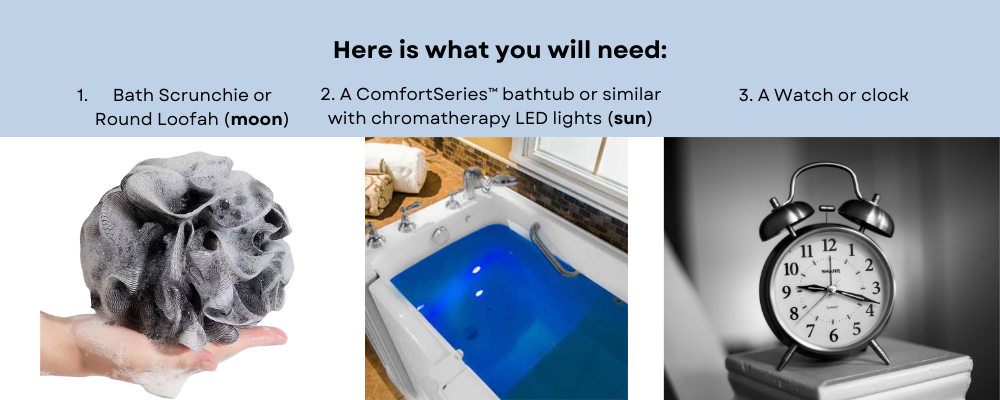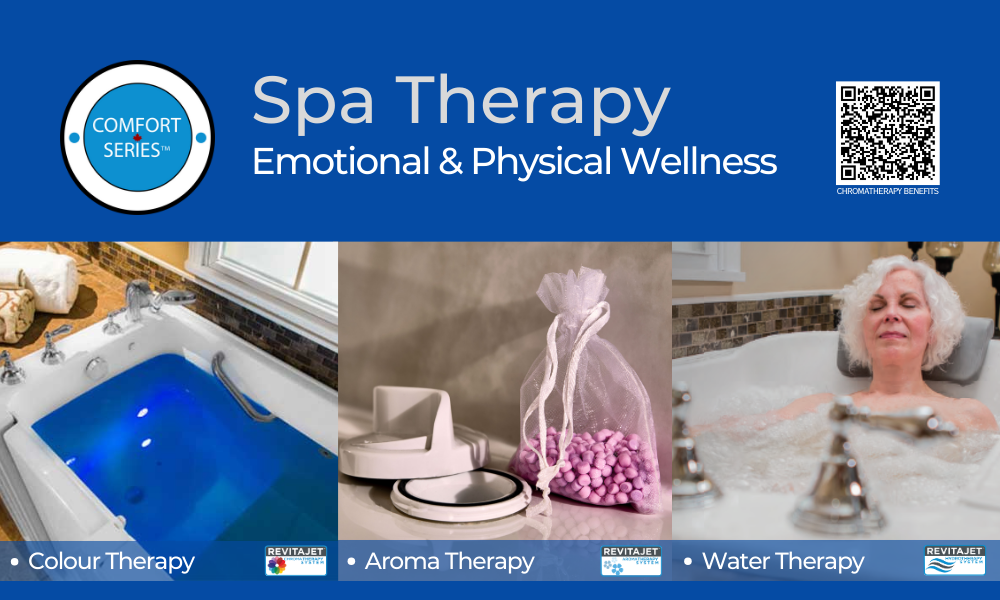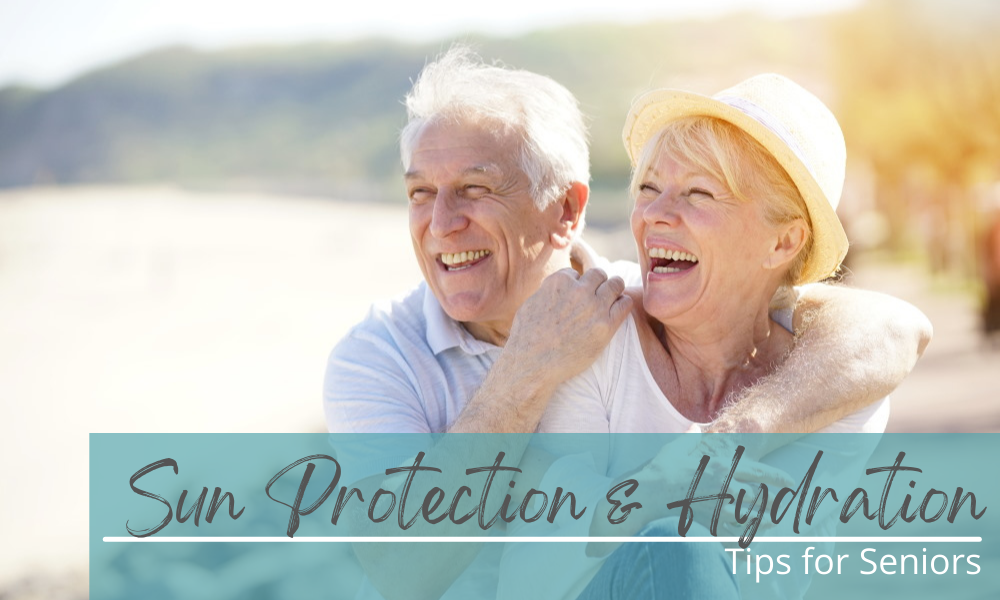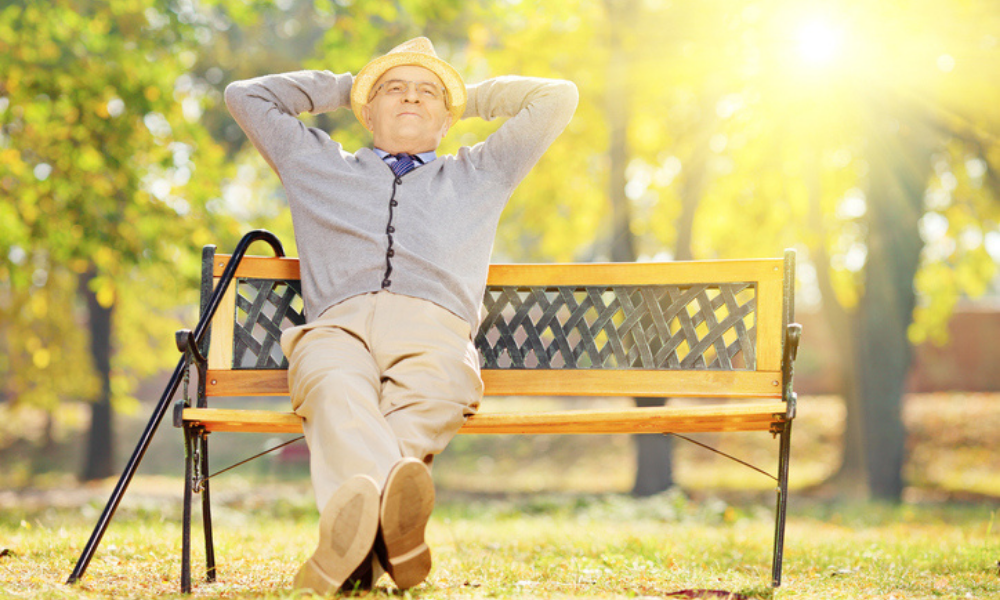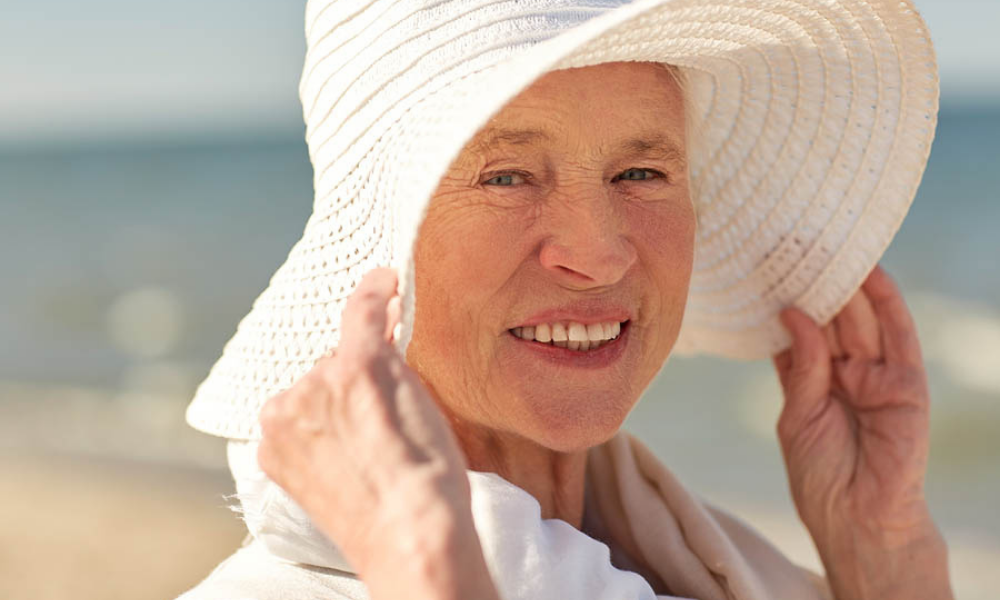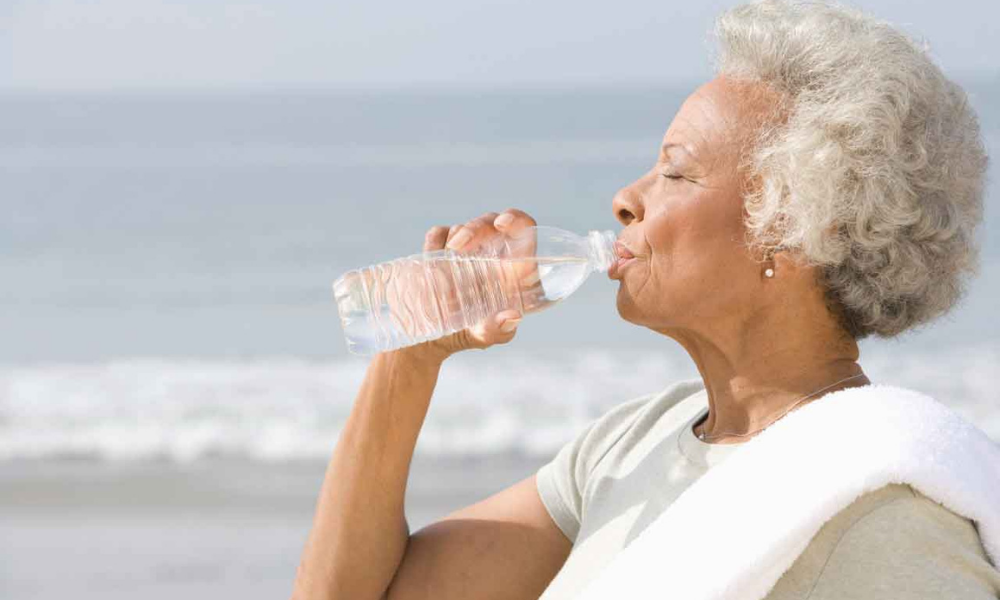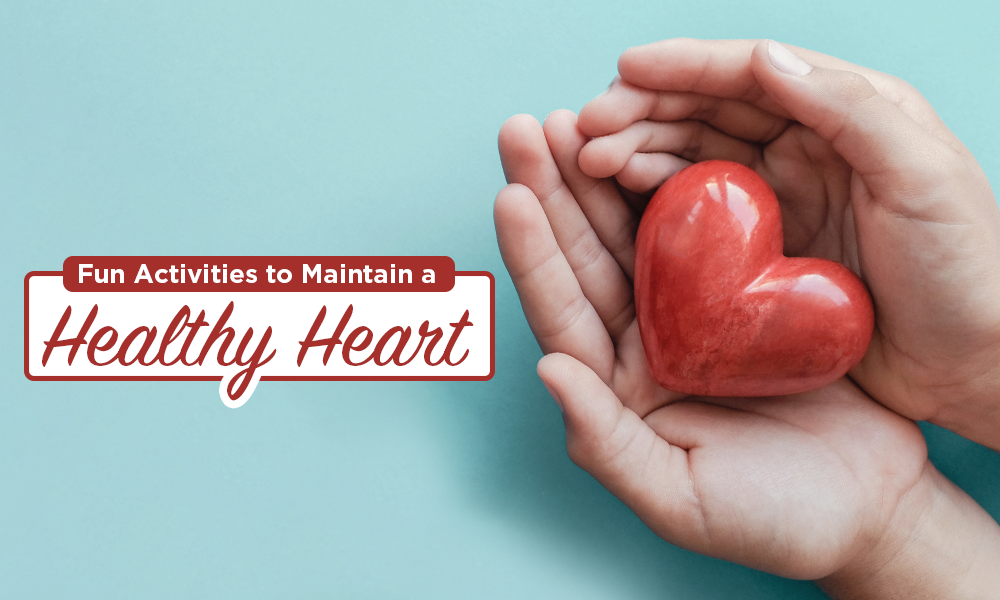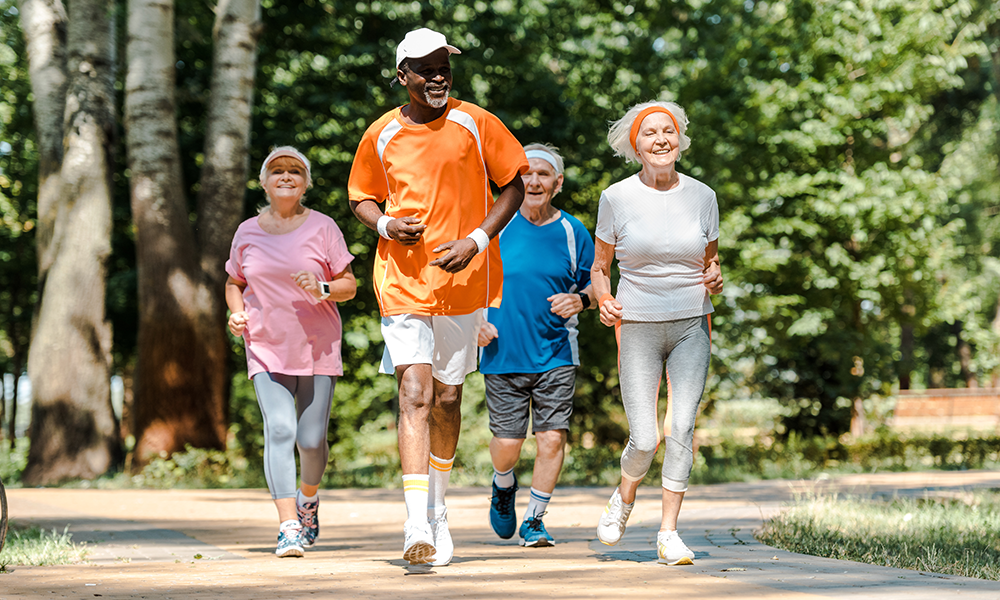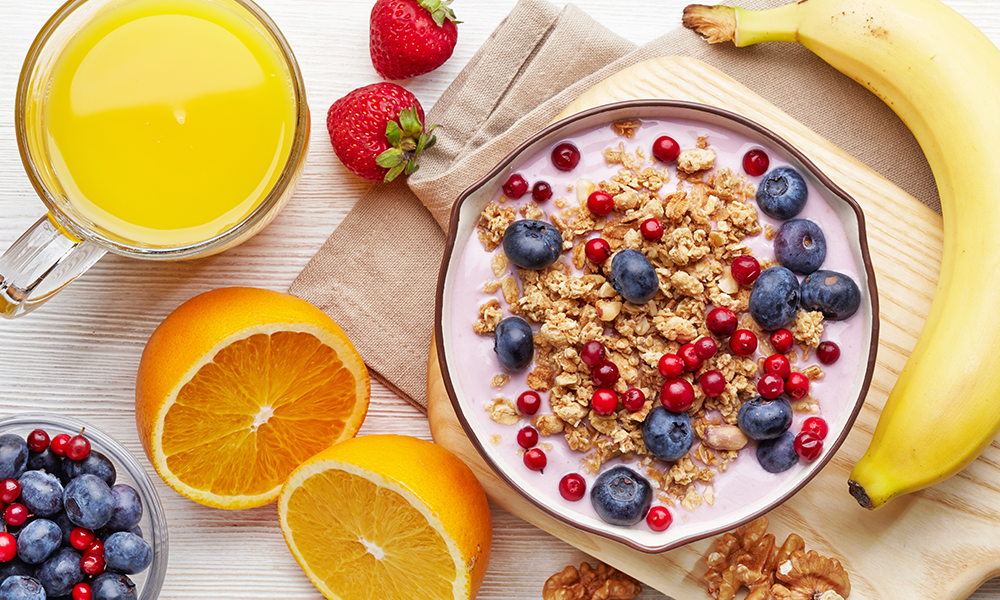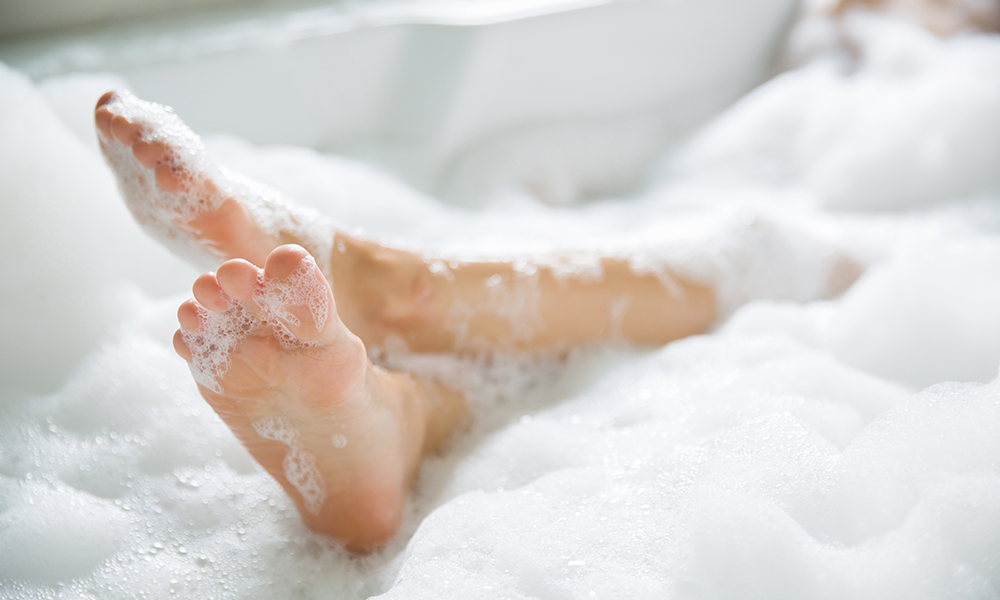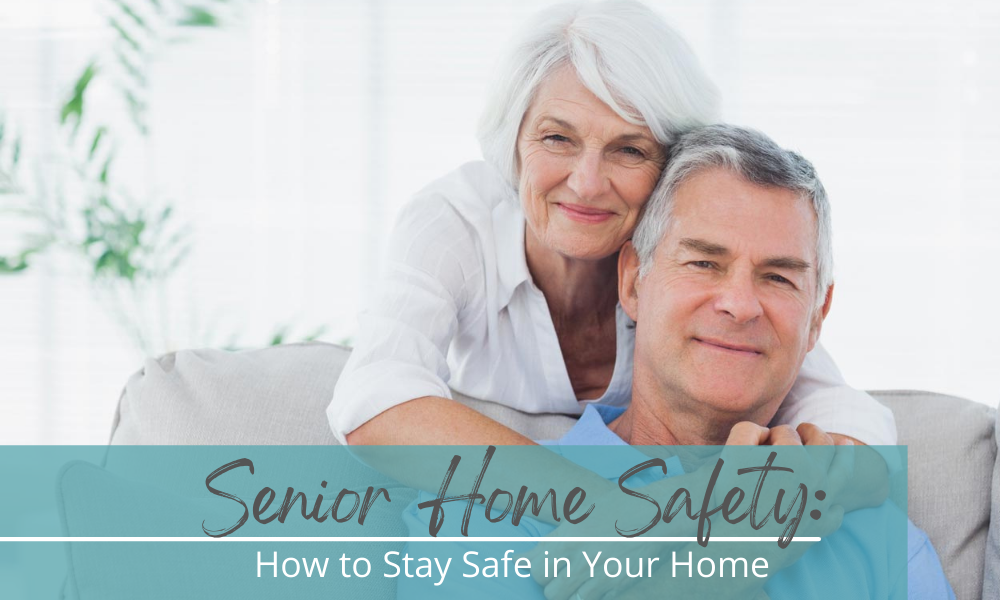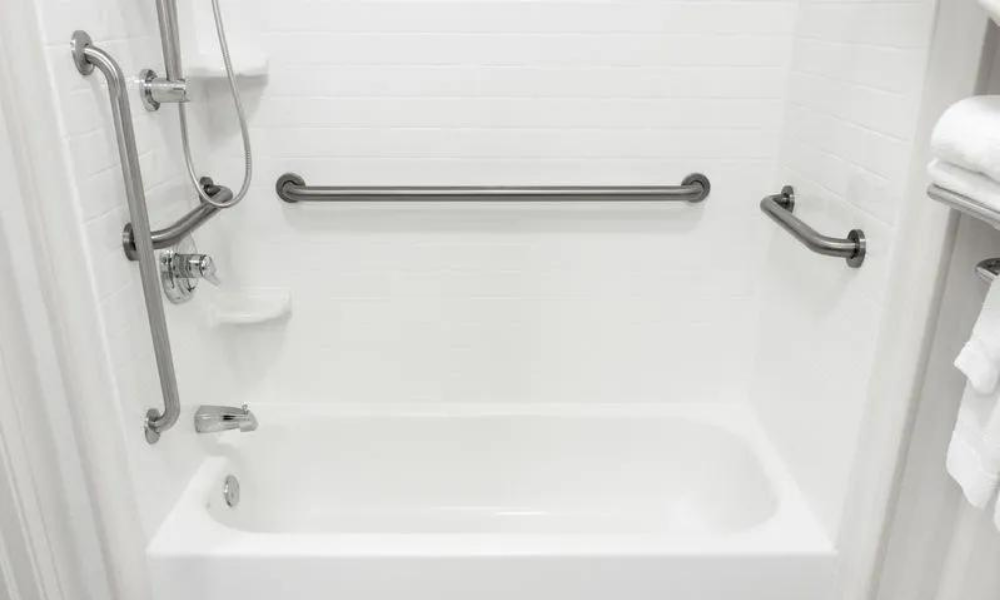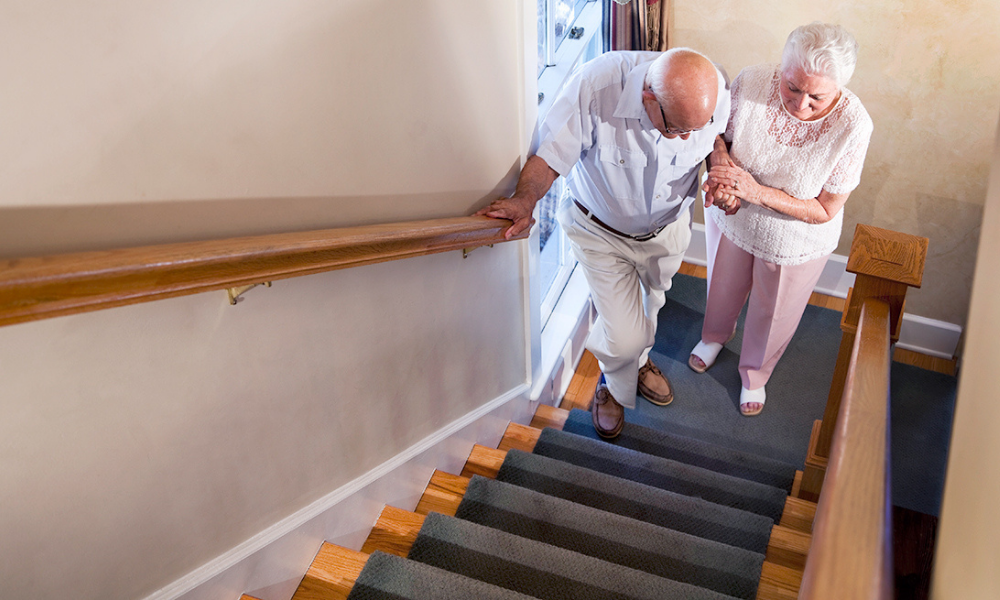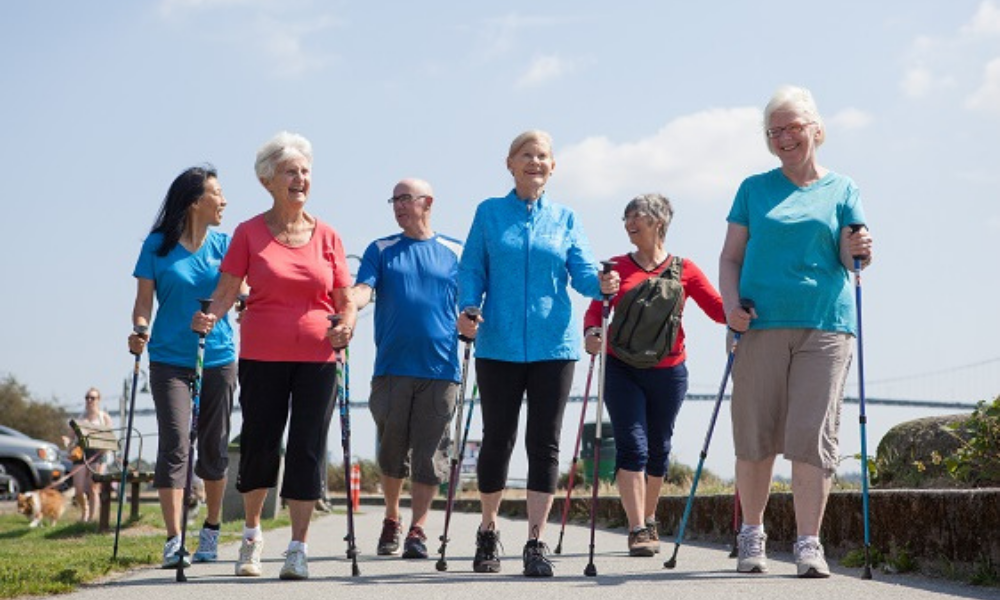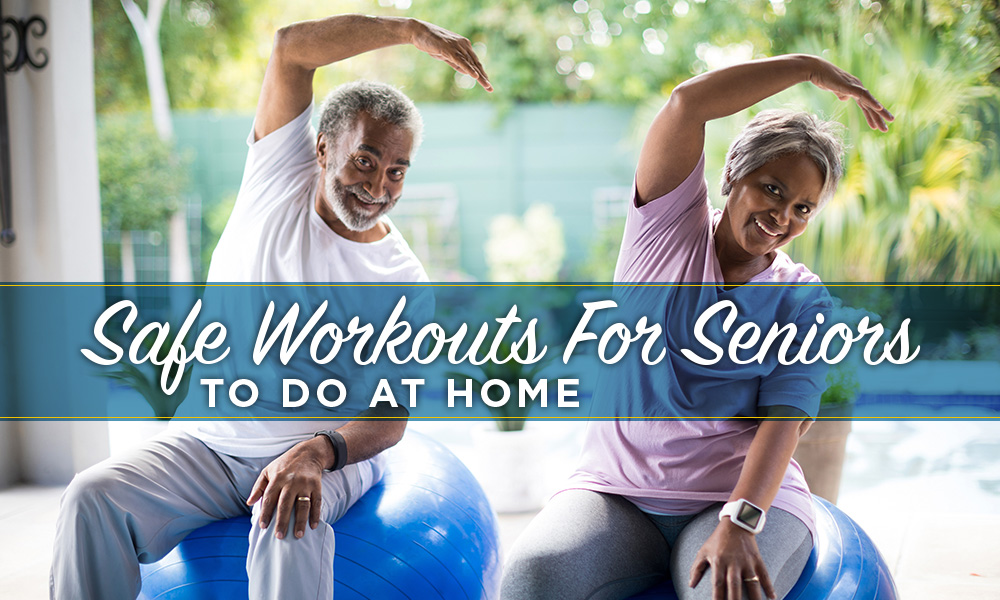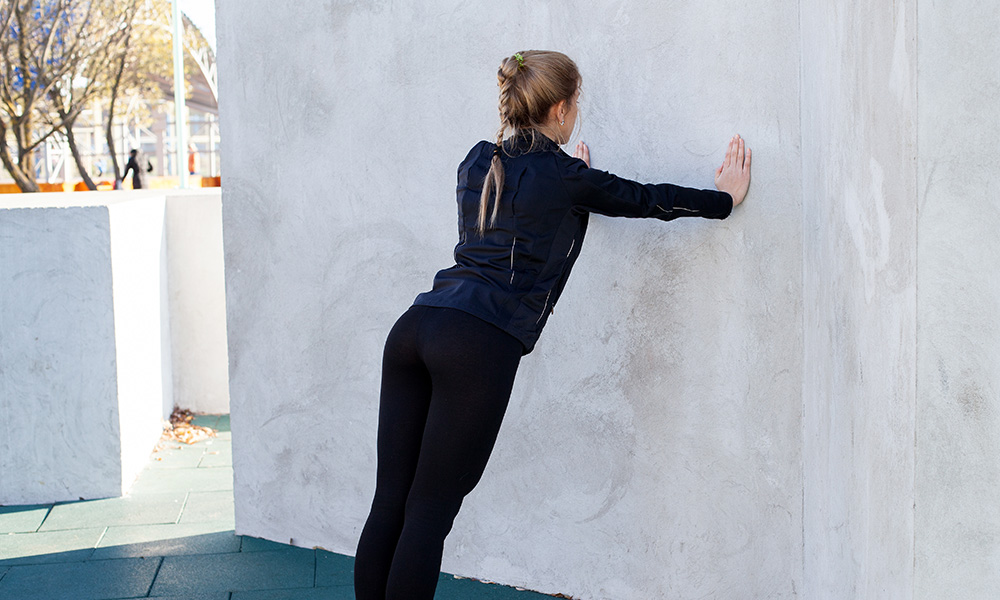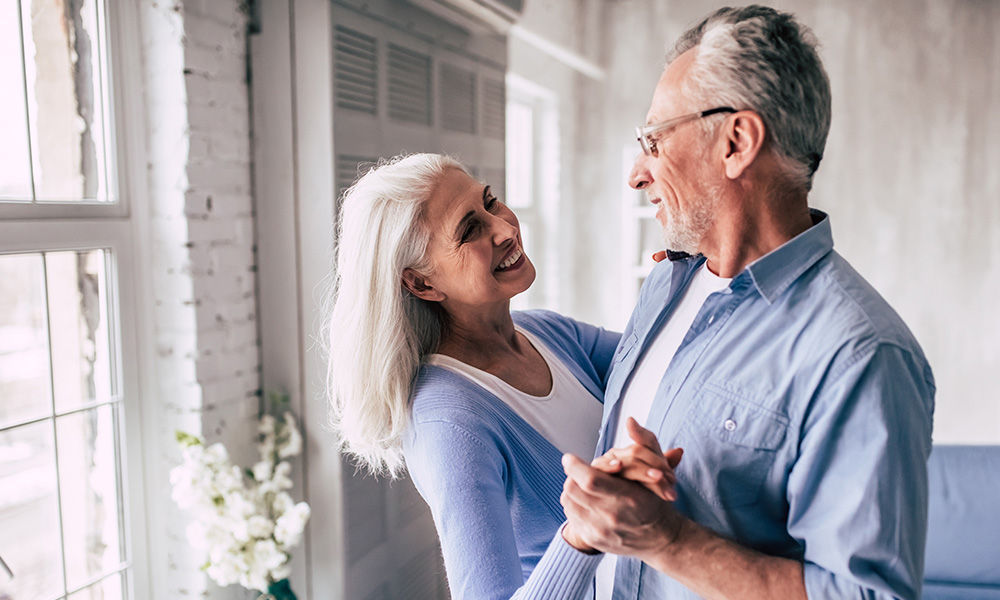written by Lee-Anne Creery for American Standard Walk-in Tubs Canada
A time for celebration, fun and joy, the holiday season is for family, friends and loved ones. Being careful and aware of safety risks and hazards in your home and in others’, will help ensure that you are safe and healthy.
Decorating
Everyone likes to put up decorations or lighting, but have you considered the material that each is made from, or the age of the item? If not, it’s time you reviewed your decorations, and eliminate those that are not going to be safe.
Keep all decorations away from a fireplace and any candles, and never use real candles in a Holiday Tree. All artificial trees and decorations should have a CSA approval and fire-resistant rating. If it doesn’t, or isn’t visible, then it’s time to replace your decorations. If you are purchasing new lights, look for LED which burn cooler and saves you money on your electrical bill.
When you purchase or replace your ornaments, try to select new ones that are shatterproof. This way, if they are dropped or if a furry friend finds them, there won’t be glass to step on or clean up, saving you time, effort and money.
Ensure that the proper lighting and cords are used; make sure that they are properly rated for indoor use, and that the wires are not frayed or damaged. Lights rated for outdoors only should not be used inside at all. Follow use guidelines so that you don’t overload cords (think Chevy Chase in Christmas Vacation), potentially causing a fire risk.
When decorating, have someone with you if you require a ladder or step-stool. Having a child or grandchild help with decorating is a gift in itself.
Floor Safety
Keep your floor area clear to prevent any chance of falling. Elaborate holiday arrangements if not properly placed out of the way of foot traffic, could cause you or your loved ones to trip and fall. Keep floors clean and remove any scatter rugs that could cause a slip. All rugs should be adhered to the floor or be rubber-backed to prevent any movement. If you use an anti-fatigue mat in your kitchen where you prep food, place it exactly where you need it for standing on, and not in the middle of the floor where it will be a trip hazard.
Lighting
Holiday lighting is lovely, but be sure that all areas of your home are properly lit. Dim holiday lighting can prevent you from seeing a potential hazard, can cause disorientation due to shadows and glares, and generally make it hard to see where you are going. Light switches can be hard to see, so nightlights in bathrooms will help to ensure you can see where you are going. If you are visiting overnight, take a nightlight with you, as your host may not have one.
As magical as wintertime is, it can also be a time of power-outages. Keep a supply of flashlights (never candles) and spare batteries. It’s probably good to keep blankets in an easy access closet, so you know where they are in case of a lack of heat during these outages.

COVID-19
The last couple of years have been difficult for many who cannot see and visit with their loved ones. We know that there is an increased chance of spread where people congregate together, unknowingly passing the virus to those more vulnerable; however the latest variant Omicron has been deemed airborne. So when you are planning to visit with family and friends over the holidays, reduce your risk by
- wearing a mask,
- stay in groups of less than 10 people, and
- sanitize/wash your hands often.
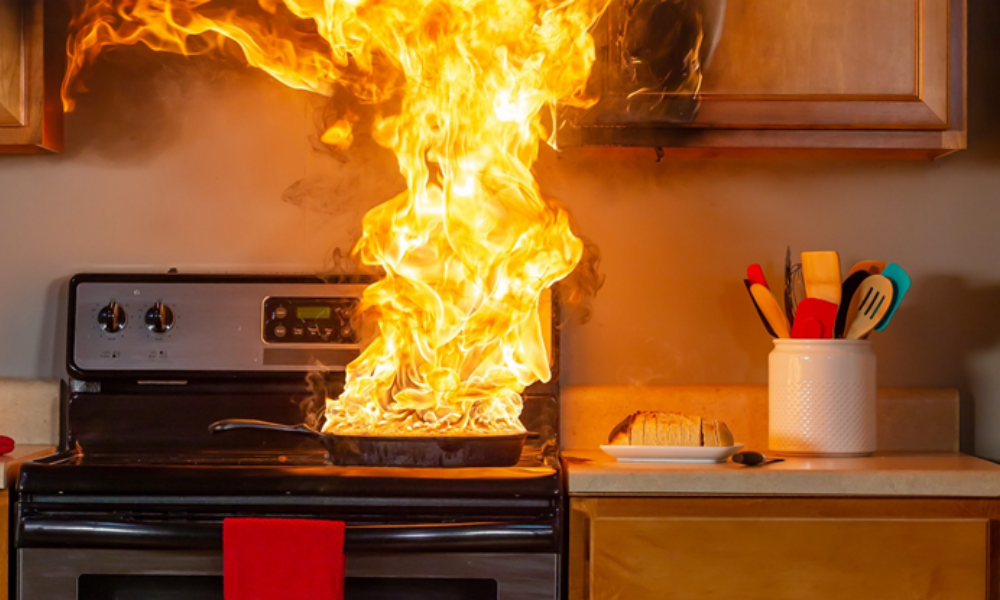
Fire Safety
Many seniors like to cook for their families during the holidays. You may have some wonderful traditional recipes, but unattended cooking is one of the leading causes of home fires that occur during holiday time.
Always have a lid handy to smother flames in a pan should it catch fire, and baking soda for grease fires. However, it’s best to keep an eye on food that is cooking at all times, and ensure that all knobs on your stove and oven are in the “off” position when you are done.
Ensure that your smoke and CO detectors are in working order.
Always have a fire extinguisher and an emergency plan of action in case of fire, along with an escape plan.
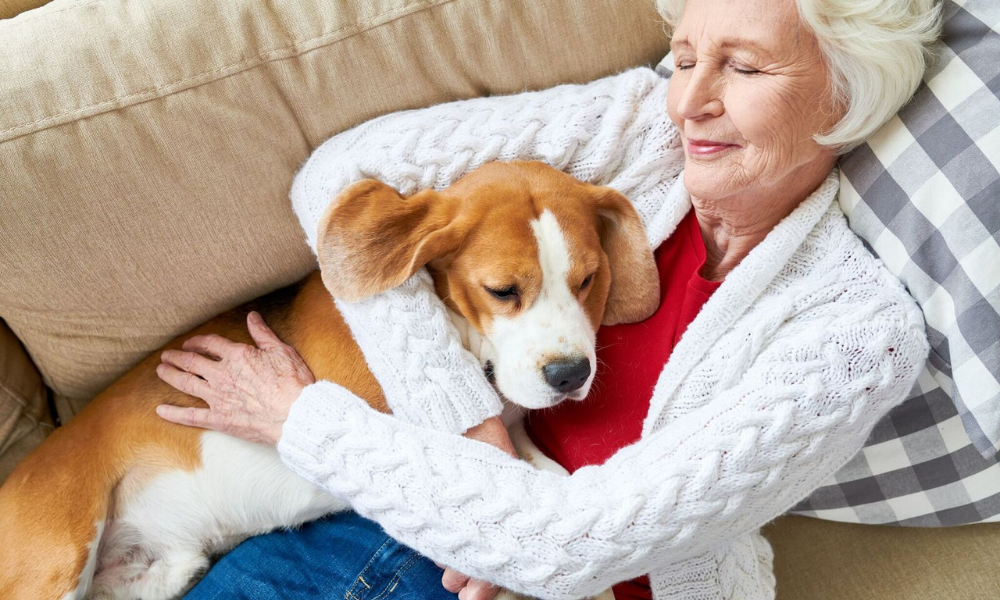
Personal Health
During the holidays, you should always be mindful of your health, how you feel, and listen to your body first. Prevent accidents from occurring by being aware of what you are eating, how tired you are, your physical and mental state, and how much sleep you are getting. A holiday gathering can create a sense of nostalgia, but also melancholy. Ask someone for help if you need it.
Hydration & Rest
The holidays are full of excitement, anticipation and sometimes confusion. When you are fatigued from a change in routine, you are vulnerable to falling, and may develop a weakened immune system. So remember to rest when you need to, and stay hydrated. Health experts recommend that you drink at least 8 glasses of water per day. Water is central to your health, and if you have an alcoholic drink, you need to replenish with an additional glass of water for every alcoholic beverage.
Follow Dietary Guidelines
Most people overeat, overindulge on tasty treats, and don’t get enough exercise over the holidays. If that eating pattern continues, it can affect heart health, and can put you at risk for type 2 diabetes and inflammatory disease.
Eat meaningful food, monitor and modify portion sizes and food types to ensure that it follows Health Canada’s dietary guidelines to keep you healthy. Be selective in the food you choose, ensure that ½ of your plate is vegetables, ¼ is made up of high fibre carbohydrates, and ¼ plate of lean protein.
Drink one glass of water before you start your meal, and eat slowly to allow your stomach to become accustomed to all the wonderful flavours that is filling it. The slower you eat, the more your body will appreciate it, and you won’t feel over-stuffed. All in moderation.
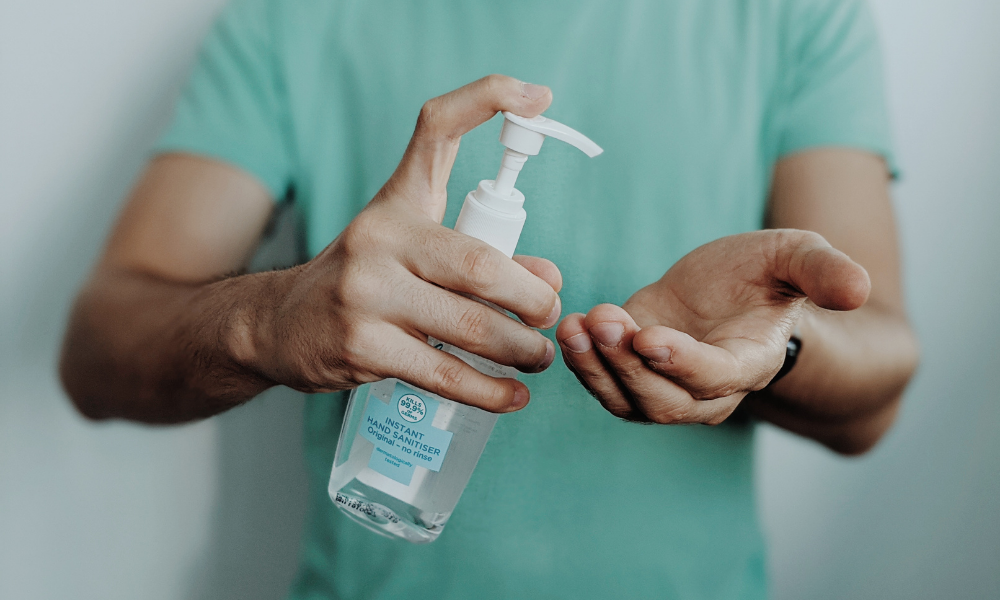
Travel
If you plan on travelling, observe COVID recommendations and keep hand sanitizer readily available. Take your medications with you to ensure that you take them at your usual time. With the excitement of the holidays and celebrating with loved ones, it is easy to miss a dose.
Once you arrive back home, spend some time rejuvenating and much needed time on yourself. Ease sore muscles in a relaxing or therapeutic bathtub soak with some essential oils. Do you have trouble stepping over the tub? Check out ComfortSeries™ for safety and accessibility.
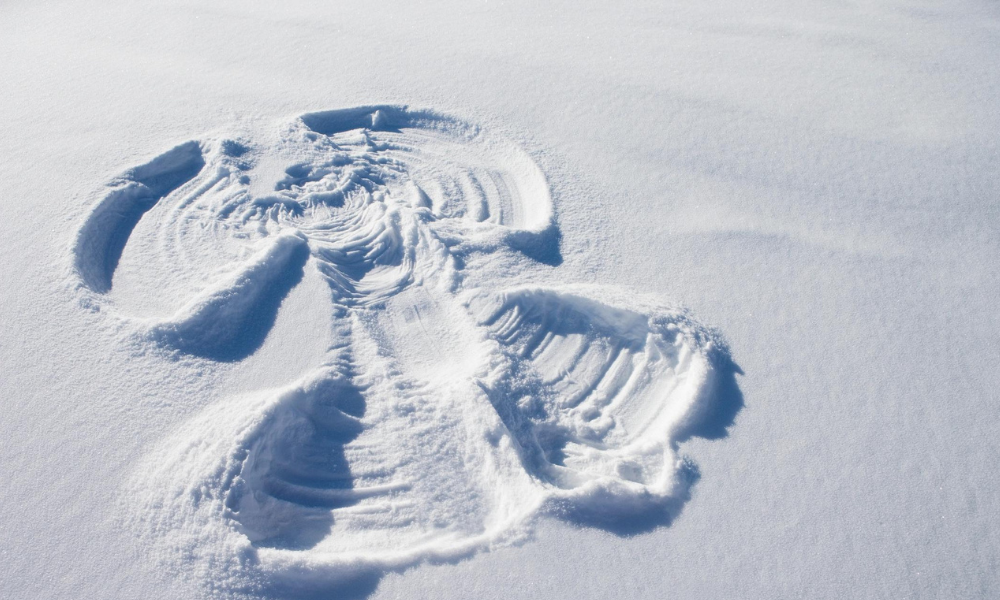
Snow Safety
Do you shovel your own walkway, or are you able to hire someone to help you out? If you do it yourself, make sure you do some stretching first before properly dressing for the weather; prevent frostbite by covering any exposed skin, and layer your clothing like the Scouts do. Don’t overdo it; work in small increments at a time. If it is or becomes too overwhelming, ask a neighbour to snow-blow or help you shovel. Many communities offer Snow Angels programs, where volunteers remove snow for seniors and people with disabilities. Call your municipality to inquire.
As you prepare for this holiday season, remember these Holiday Safety Tips and be sure to pass them on to your friends. You don’t have to be an older adult to observe safe practices and prevent falling. Safety is for everyone!
